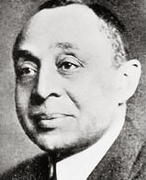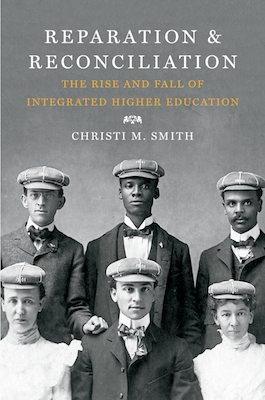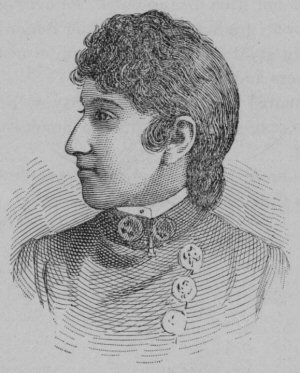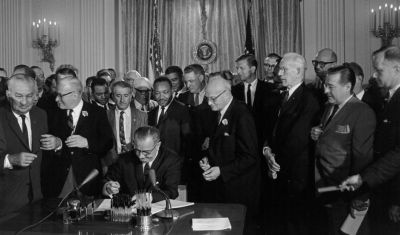Garnet Douglass Baltimore was the first African American to earn a bachelor’s degree from Rensselaer Polytechnic Institute and was an accomplished landscape engineer who made a huge impact on his hometown of Troy, New York. Baltimore’s most notable contribution to Troy was Prospect Park, which is an 84-acre park with a 25-mile view of the Hudson River that many local people consider the most scenic view in Troy. Baltimore also developed a system to test cement that was adopted by the state of New York and supervised the extension of the “mud lock” on Oswego Canal.
Baltimore earned his Civil Engineering Degree from Rensselaer Polytechnic Institute in 1881. His first job after graduation was as an assistant engineer working on a bridge between Rensselaer and Albany. In 1883 he was appointed chief of the surveying party for the 56-mile Granville and Rutland Railroad and in 1884 he was an assistant engineer and surveyor on the Erie Canal. Baltimore was also the engineer in charge of the Sandy Hill Railroad. As a landscape engineer Baltimore was the designer of many cemeteries including Graceland Cemetery in Albany and was a consulting engineer at Oakwood Cemetery, where he is buried.
Garnet Baltimore made a lasting impression on both Troy, and Rensselaer Polytechnic Institute. He served as the Secretary of the alumni association’s 50 Year Club until his death. In September 2005, he was inducted into the Institute’s Hall of Fame, and each year the school hosts the Garnet Baltimore lecture series in his honor. In 2005, Harry Tutunjian, the former mayor of Troy, renamed a section of Eighth Street between Hoosick and Congress, Garnet Douglass Baltimore Street. The section ends at the foot of Prospect Park and is on the same street Baltimore was born and raised on.
Garnet was born to Peter F. Baltimore and Caroline A. Newcomb Baltimore in Troy, New York on April 15, 1859. His parents named him after two prominent abolitionists, Henry Highland Garnet and Frederick Douglass. His father had been a pupil of Garnet and a friend of Douglass. His grandfather Samuel Baltimore was a slave who fought in the Revolutionary War after being promised freedom for his service. When this promise was not fulfilled, he escaped to Troy. That upstate New York city was an important stop on the Underground Railroad before the Civil War and continued to attract many prominent African Americans during the later nineteenth century.
Garnet Douglass Baltimore married Mary E. Lane. He died in the same home in which he was born on Eighth Street on June 12, 1946 at the age of 87.




















